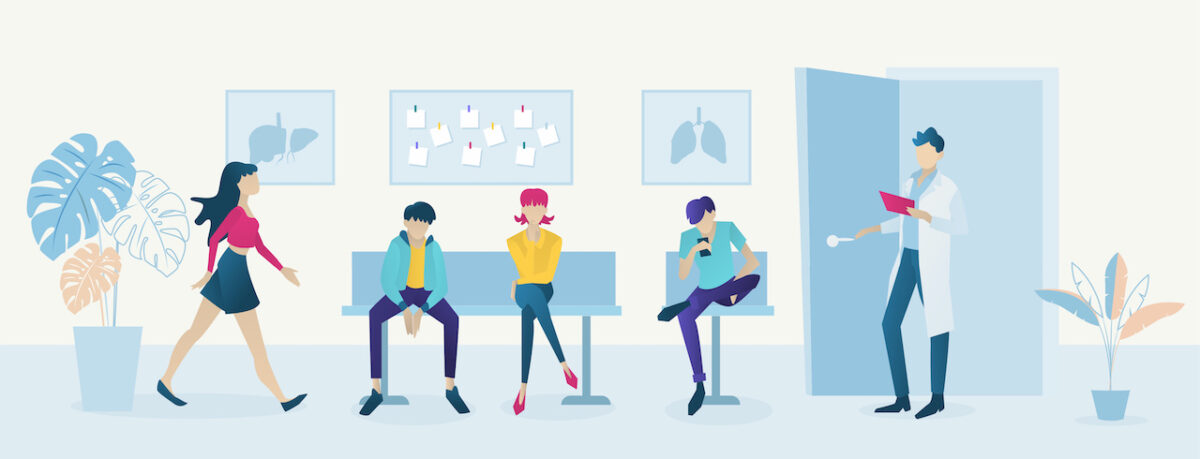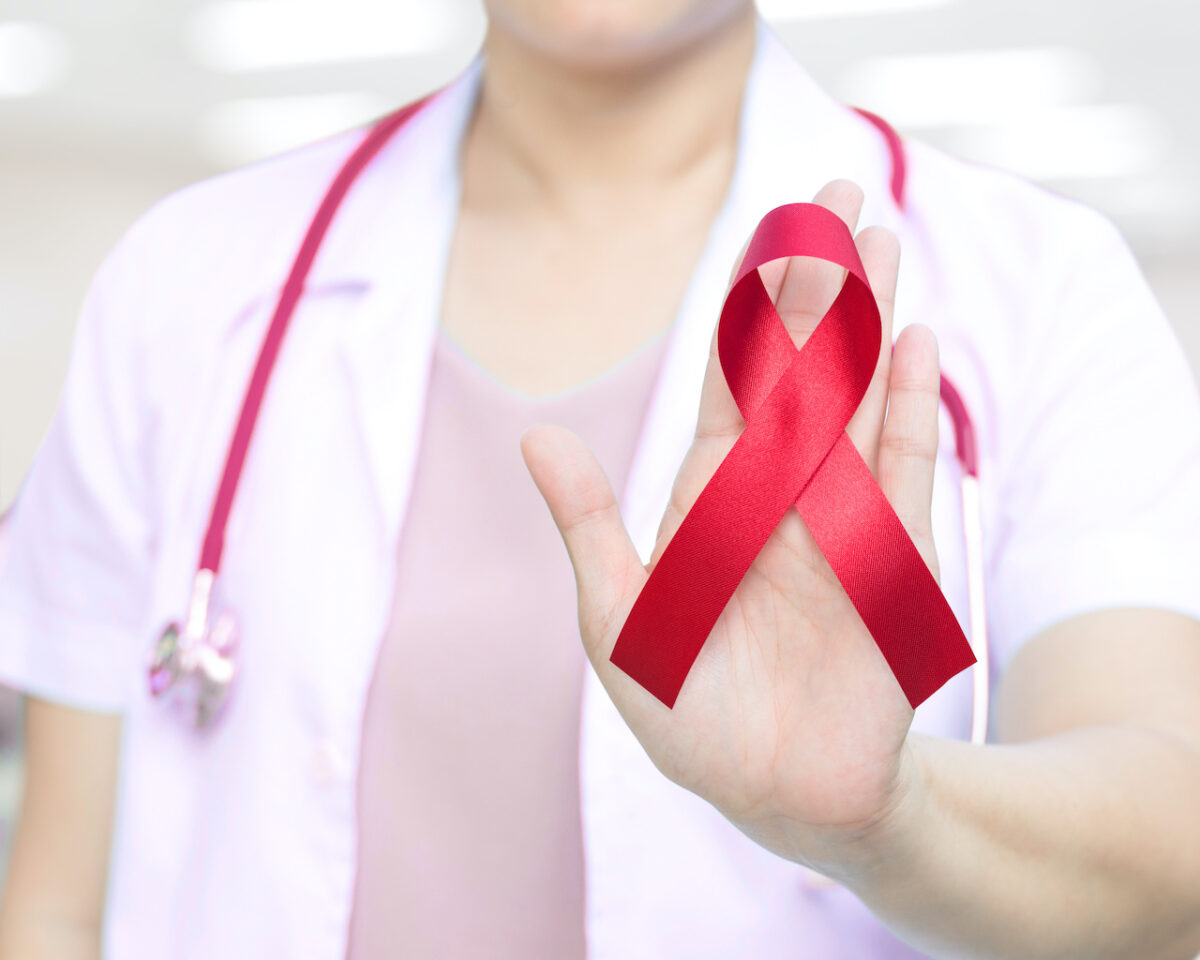Something about Sexually Transmitted Disease

Sexually transmitted disease
There are many different types of sexually transmitted diseases and anyone who is sexually active can be at risk. These infections can be obtained by sexual contact involving your vagina, penis, mouth, or anus. It is important to be educated on prevention, signs and symptoms, and treatment, as STDs are very contagious and can have serious effects.
Types
The most common types of sexually transmitted infections include:
- Chlamydia
- Gonorrhea
- Genital warts
- Herpes
- Hepatitis B
- HIV/AIDs
- HPV
- Pubic lice
- Syphilis
- Trichomoniasis
Prevention
STD’s occur when viruses or bacteria infect you from bodily fluids such as semen, blood, vaginal fluid, or saliva. As they can be very contagious, it is important to protect yourself and others. Using protection such as condoms is an important way to avoid infection, as well as regular screening. It is also important to talk with sexual partners about any diagnoses or history and ask if they have been tested. The HPV vaccine is also a way to prevent HPV. It is most effective when given before becoming sexually active but can benefit people up to 45.

Signs and Symptoms
Symptoms of STDs vary by type. Knowing the symptoms can help you to protect yourself and seek assistance from a provider. You might not have any symptoms. If you do have symptoms, they may appear around your genital region and could include:
- Bumps, sores or warts on or near your penis, vagina, mouth or anus
- Swelling or severe itching near your penis or vagina
- Discharge from your penis
- Vaginal discharge that has a bad odor, causes irritation or is a different color or amount than usual
- Vaginal bleeding that’s not your period
- Painful sex
- Painful urination or frequent urination
Treatment
The goal of STD treatment is to:
- Cure many (not all) STDs
- Eliminate symptoms
- Reduce chances of spreading infection
- Help you get healthy and stay healthy
Treatment for STIs could include taking medications like antibiotics or antivirals. Most STIs go away after treatment. Some may require lifelong management with medications. You can develop the same STI after it goes away if you get infected with it again.
Summary:
- Anyone who is sexually active can get an STD.
- STDs are contagious and can be spread through various types of sexual contact.
- Use condoms and get regular STD screening to prevent infection.
- Signs and symptoms vary depending on the type of STD but may include unusual discharge, sores, or pain.
- Treatment for STDs can involve antibiotics, antivirals, or other medications.
- Early detection and treatment are important for managing STDs.

This article reviewed by Dr. Jim Liu, MD and Ms. Deb Dooley, APRN.
There’s nothing more important than our good health – that’s our principal capital asset.
#medical #telehealth #umedoc






